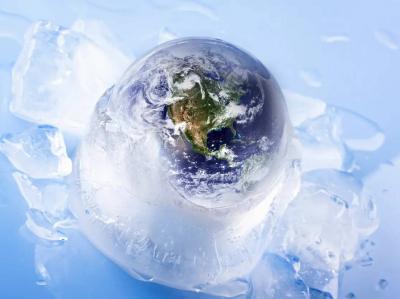Astronomers have announced that the "Great Red Spot" on Jupiter, considered the main attraction in the solar system, is about to disappear. According to NASA's predictions, it will be completely gone within 20 years. The Great Red Spot's diameter was 39,000 km in 1879, but by 2024 it is expected to shrink to 14,000 km. Some scientists, who do not understand the reasons for the disappearance of the red spot, fear that what is happening may indicate some mysterious processes linked to the abnormal behavior of the sun.
It is noted that the Great Red Spot is a hurricane of unprecedented size and strength. The gas at the top of this largest hurricane in the solar system rotates counterclockwise, completing one revolution in approximately 6 Earth days. Wind speeds there exceed 400 km/h, with some sources claiming they reach up to 700 km/h.
The Great Red Spot on Jupiter was discovered by the Italian astronomer Giovanni Cassini in 1665. Since then, it has generally been accepted that the hurricane in Jupiter's atmosphere erupts in one place for at least 360 years, meaning it has lasted at least 360 years continuously. Cassini named the phenomenon he discovered "the permanent spot" and drew it several times in 1677, 1690, and 1691. However, no evidence of observations of this specific phenomenon has been recorded since 1713. It was not until 1833 when German astronomer Samuel Heinrich Schwabe reported observing a large elliptical formation at nearly the same latitude.
The recent disappearance of the Great Red Spot coincided with the onset of the Little Ice Age on Earth, when the weather became so cold in Europe that the Adriatic Sea froze off the coast, and people went ice skating along the Danube and Thames rivers. However, this may just be a coincidence and may not happen again; whether it will or not remains unknown.




